The Breeders Interview – Marion Richmond, Simeon Stud
In every edition of The Arabian Breeders’ Magazine, we speak to a selection of breeders from around the world about their experiences and successes with their breeding programme. We are delighted to share some of these incredibly insightful features online.
The Arabian Breeders’ Magazine (TABM): Please share with our readers a short background of your farm.
Marion Richmond, Simeon Stud, Australia: Simeon Stud started in 1956 with a part-Arabian mare who I bought as a 10-year old girl with money I had saved for such a purchase. We then moved on, with the help of my parents, to a Crabbet/Egyptian Arabian, as that was the only bloodline available in Australia at that time. This was the start of Simeon Stud, and later acquisitions would create the world famous family of Simeon Shirli (Dresden x Simeon Sharon).
In 1975 with my parents’ permission, I sold all the horses except one filly, the dam of Simeon Sanegor (by Simeon Saar), Simeon Shirli. I then travelled throughout the world on a mission to find my dream, going to Russia, Egypt, Europe, and the USA. From that journey, I purchased Australia’s first National Champion Mare, 27 Ibn Galal V (Ibn Galal x 10 Hosna), from Babolna, Hungary. I was with Dr. Hans Nagel at the time and he both helped me and encouraged me with her purchase. Galal now has successful progeny throughout the Middle East, Europe, and the USA. I also purchased a Kaisoon (Nazeer x Bint Kateefa) daughter and a Hadban Enzahi (Nazeer x Kamla) daughter, Australian Champion Damirah (ex Hamdi), neither of whom left progeny at Simeon.
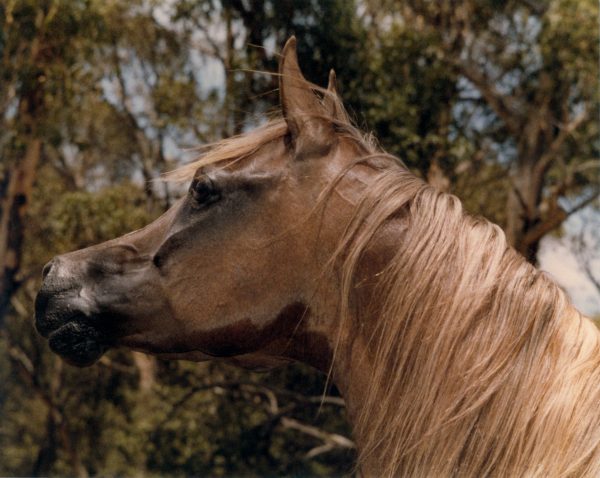
27 Ibn Galal V (Ibn Galal x 10 Hosna). Credit Simeon Stud archives.
TABM: What have been the bloodlines that you have focused on, and why did you choose them? Has this focus changed over the years?
Marion: Today, Simeon Stud is purely a straight Egyptian farm as I feel that these horses breed more consistently and have ‘the look that I have in my heart’. Travelling enabled me to realise that the bloodlines that I preferred most in horses throughout the world went back to the mares Yosreia (Sheikh Al Arab x Hind) and Maymoonah (Hadban Enzahi x Malikah). Looking at the stallions, it was progeny from Hadban Enzahi, Ghazal (Nazeer x Bukra), Ramses Fayek (Nazeer x Fayza II) and Dalul (Morafic x Dawlat) that I admired the most. These horses looked like Arabians should, as well as being reasonably well constructed horses. For 60 years, I have never wavered in my ideals as a breeder, and I have never compromised by taking second best.
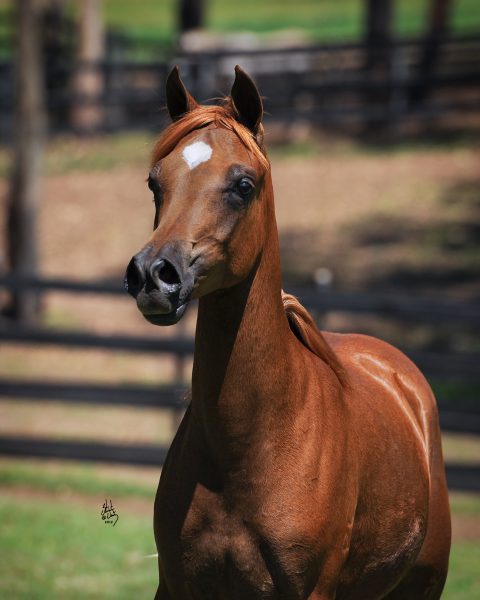
Simeon Samira (Simeon Shifran x Musallah). Credit Stuart Vesty.
TABM: What were your breeding goals when you first started? Have they changed over the years?
Marion: Eyes show the soul of the horse. I love a large, well-placed black eye. Great movement is absolutely essential – the horse must be a useful animal. In the past few years, I have tried to breed a slightly taller horse, yet keeping my type and refinement. People are taller nowadays, and they need to ride a taller animal.
I love to have green pastures full of great Arabian horses – friendly and kind, attractive, with large black eyes, curly little ears, and round, well-shaped feet. I like flat oval knees and a box shaped frame, not a rectangle. These are my basic breeding goals.
TABM: Please share key moments that stand out in the early stages of your breeding programme?
Marion: The birth of Simeon Sukari (by Asfour by Malik out of Hanan) and Simeon Safanad (by Sankt Georg by Ansata El Salim out of Bint El Bataa), the first straight Egyptian fillies from our great 27 Ibn Galal V, were exquisite from day one and very different from the lovely Arabian foals I had bred previously. Also the births of Simeon Shai (Raadin Royal Star x Simeon Safanad) and Simeon Sadik (Asfour x Simeon Safanad). These have been the most memorable moments, and I also think that this was the beginning of Simeon Stud being known worldwide. More recently, there is our exquisite Simeon Seifan (Simeon Shifran x CM Moussameh), born just before Christmas in 2014. I cannot stop thinking about him! He makes me very proud.

Simeon Sanaa (Imperial Madarr x Simeon Sukari). Credit Stuart Vesty.
TABM: When was it that you realised that you were a successful breeder? And what, in your opinion, defines a ‘breeder’?
Marion: I realised I was a reasonably good breeder when my horses travelled throughout the world winning accolades, and that many of those same breeders continued purchasing my horses. A breeder is a person who has a passion for the Arabian horse, an idea of the Arabian horse and tries to breed this, not just breeding horses for the current fashion whatever it may be. He or she must also have an understanding of what qualities the horses in a pedigree can impart.
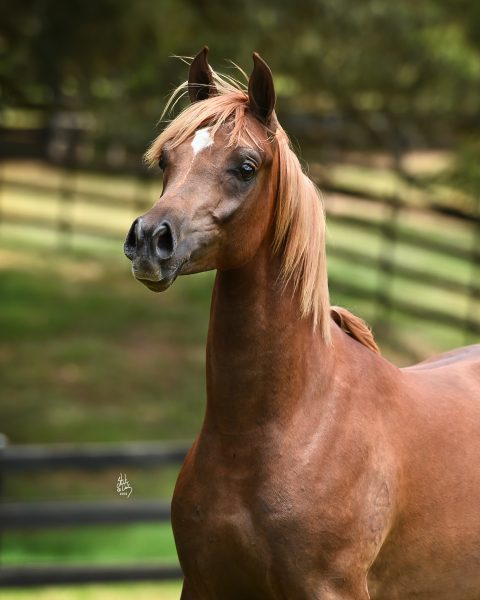
Simeon Seifan (Simeon Shifran x CM Moussameh). Credit Stuart Vesty.
TABM: As a breeder, how do you feel about the showing world? Do you think that changes are needed to celebrate breeders more?
Marion: Showing horses can help some farms market horses, and shows are also a good vehicle to promote the Arabian to new breeders. Some of the current judges need to go to refresher courses to update their knowledge. I personally feel that without good legs and feet, a horse is not able to perform to its full capacity i.e. be a useful animal. I have been criticised as a judge on several occasions for giving 14 points on leg scores. It is not just important to have a pretty face – I am worried that our wonderful breed will end up a ‘joke’ as the horse could break down or cannot be ridden because they have tiny, lumpy, crooked knees or short upright pasterns and donkey feet. Movement, a characteristic of the breed, is so important. To move well, horses must have short cannon bones, long forearms coming from a long sloping shoulder; it is an absolute must-have. Judges should be chosen who have honesty and integrity, and who care about the future of the Arabian horse.
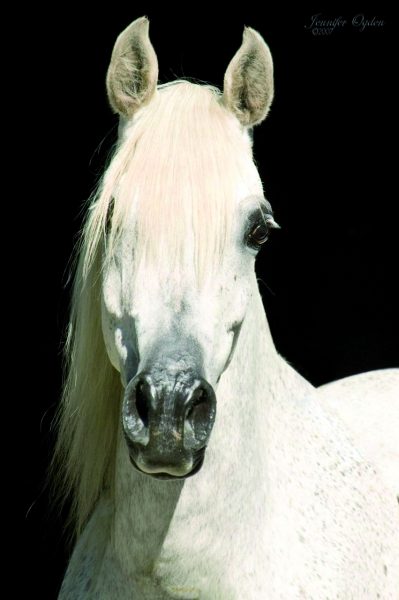
Simeon Setavi (Simeon Sadik x Nameeza), dam of Simeon Sahron (by Imperial Madarr). Credit Jennifer Ogden.
TABM: Do you think that breeders are a dying breed, pardon the pun?
Marion: No, I do not think breeders are a dying breed. There are so many new, young dedicated breeders who contact me about youngstock. With the straight Egyptian pedigrees, there has been some misinformation put out by a breeder to taint certain bloodlines and this is an absolute tragedy and so incorrect. There are so few straight Egyptian bloodlines to use, and this is very damaging for the breed.
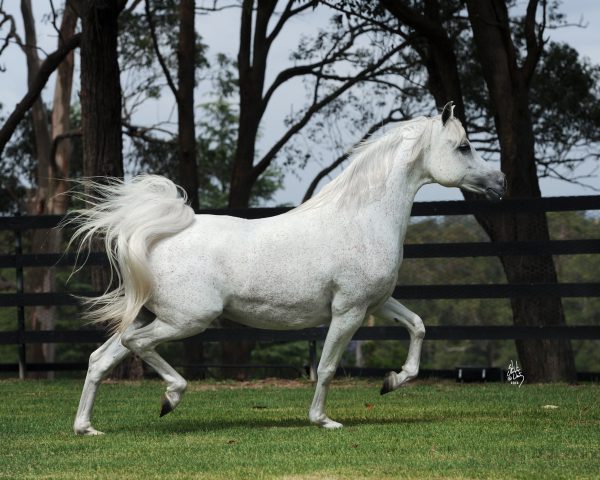
Simeon Shalal (Asfour x Simeon Simona). Credit Stuart Vesty.
TABM: Do you think that breeders and dedicated breeding programmes still have a place in the world today?
Marion: Yes, I do think dedicated breeding programmes still have a place in the world today, to capably carry on the different programmes incorporating different bloodlines for the existence of the breed.
TABM: Over the years, what have been your key successes, perhaps the ones that define your farm?
Marion: I take great pride if my clients do well with Simeon horses, both in the breeding barn and the show-ring. To name a few National Champions throughout the world, there are: Simeon Sukari (Asfour x 27 Ibn Galal V); Simeon Salome (Asfour x Simeon Safanad); Simeon Seate (Anaza Bay Shahh x Simeon Sippora); Simeon Sehavi (Asfour x Simeon Sheba); the full siblings Simeon Sharav, Simeon Segev and Simeon Shemini, all by Asfour and out of Simeon Shuala (Simeon Shai x Ramses Tinah); Simeon Sadik; Simeon Shai; Simeon Shuala; and so many others.
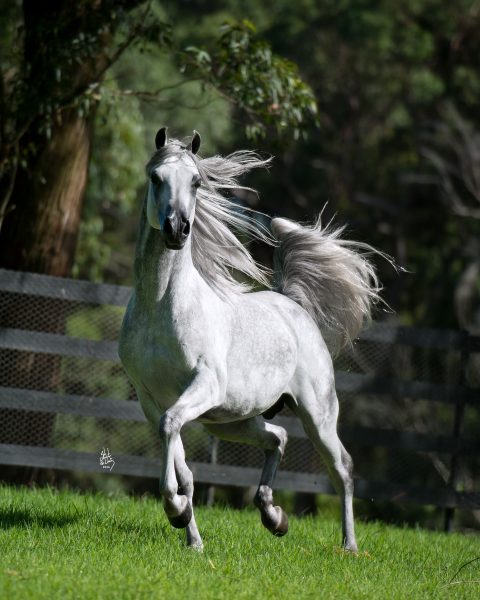
Simeon Shifran (Asfour x Simeon Shavit). Credit Stuart Vesty.
TABM: And finally, what is next for you and your breeding programme?
Marion: It is October 2016 as I write this, and we have started our foaling season. This year we have 18 foals to be born and to date, we have four absolutely gorgeous grey fillies and one bay colt. They are sired by three different Simeon stallions at the farm – Simeon Shifran (Asfour x Simeon Shavit), Simeon Shanun (Imperial Madaar x Simeon Safran) and Mulayh Ibn Mareesa (Ansata Amir Zaman x Maareesa), and they very much show the continuation of our breeding programme. I cannot tell which of these fillies is the best, and that uplifts my heart.
I am still trying to breed the best Arabian horse that I can. I am aware of minor points in my horses that I would like to improve and I am working to that goal. I always tell people to breed Arabian horses because you love the breed, to get one of the best you can afford rather than four average ones. Don’t give up when things get to be very difficult, especially when one loses unique horses – we have through snakebite, and it is truly devastating. Life was not meant to be easy… As long as you can enjoy our wonderful Arabian horse, then life is good.
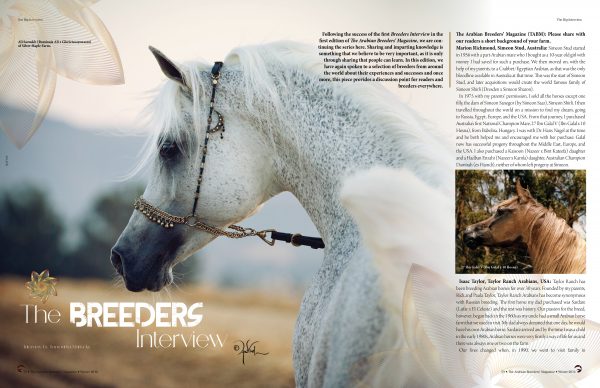
First printed in The Arabian Breeders’ Magazine Volume I Issue II December 2016. To enjoy further content such as this, please visit The Arabian Magazine Shop.
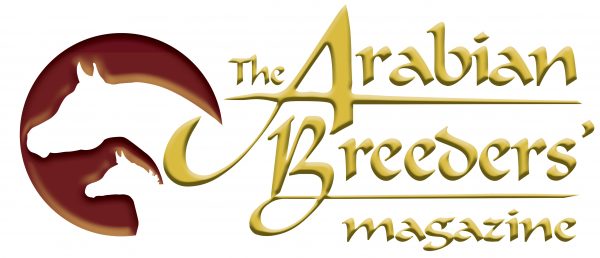


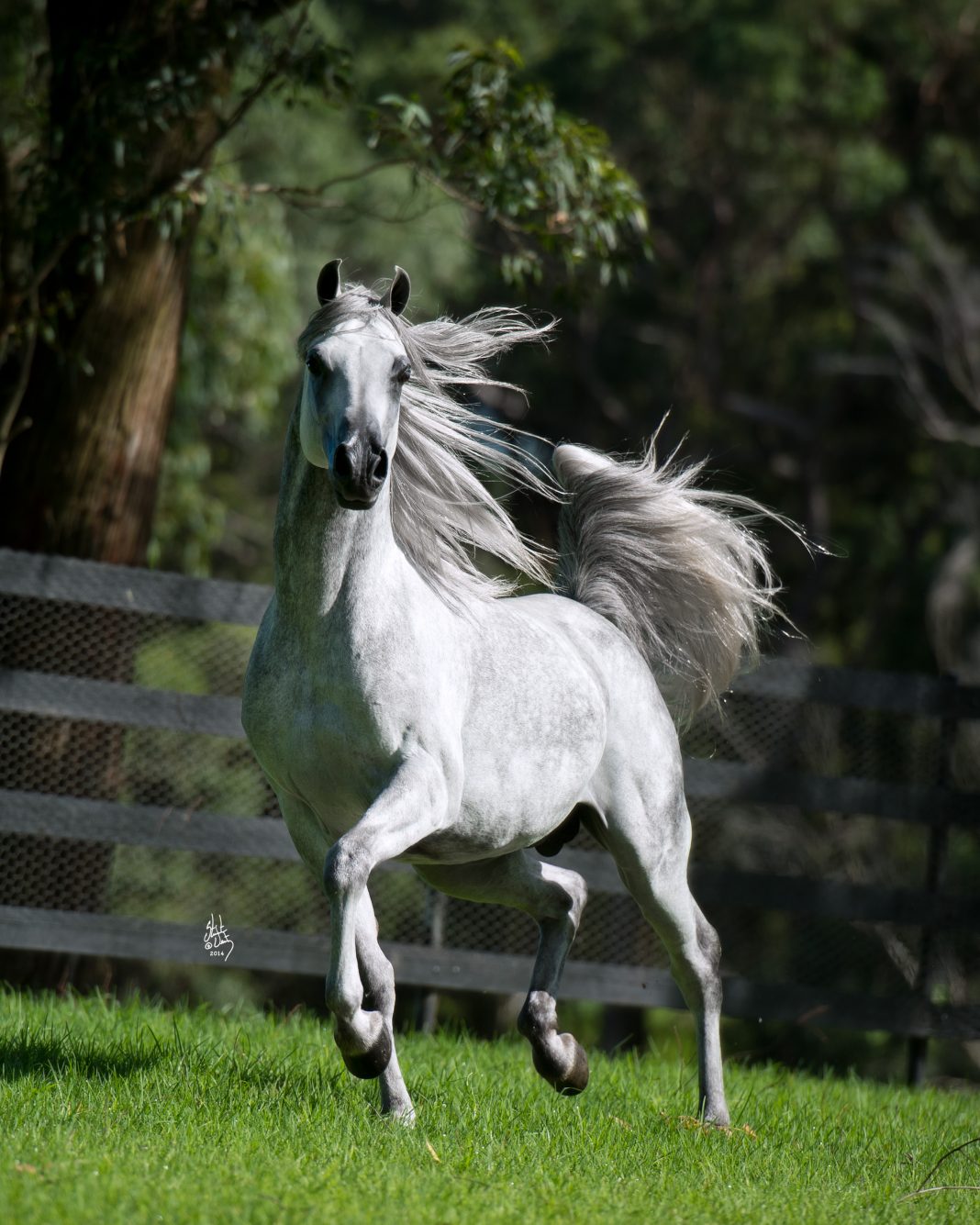
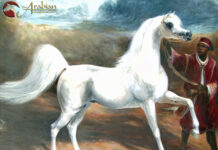
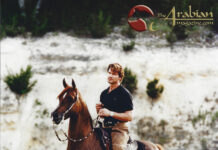
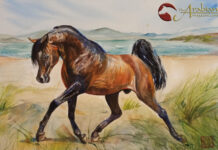






Nice article!!